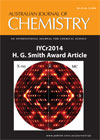
Australian Journal of Chemistry
Volume 67 Number 12 2014
RESEARCH FRONT: International Year of Crystallography 2014
CH14205The H.G. Smith Award Article: Fluorescent Analogues of NAMI-A: Synthesis, Characterisation, Fluorescent Properties, and Preliminary Biological Studies in Human Lung Cancer Cells
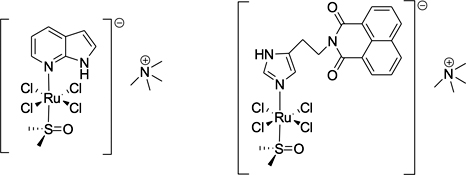
Ruthenium anticancer drugs, such as NAMI-A and KP1019, show promise in the clinic despite limited understanding of how they work. We have developed a synthetic strategy to tag the imidazole of NAMI-A with fluorescent or other functionalities, which may lead to an improved understanding of the modes of action of this class of drug.
CH14557International Year of Crystallography
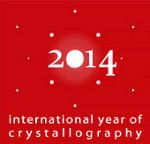
This special issue celebrates the International Year of Crystallography (2014), and collects together a series of papers which illustrate the range and power of crystallography 100 years after its birth.
CH14318Crystallography and New Medicines: Examples from Influenza and Cell Death
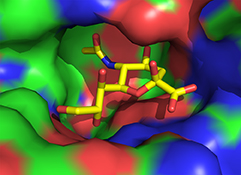
Influenza virus neuraminidase inhibitors are an early example of the role of crystallography in the discovery of new medicines.
CH14333Membrane Protein Structures for Rational Antimicrobial Drug Design
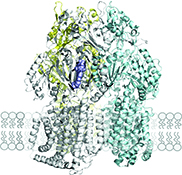
Antibiotic resistance is a major global health threat. Bacteria have developed novel resistance mechanisms to many of the latest generations of antibiotics and there is an urgent need to develop new therapies to combat these infections. Here we review recent breakthroughs in bacterial membrane protein structural determination and their potential for the future rational design of novel antimicrobial therapies.
CH14304The Relevance of Structural Biology in Studying Molecules Involved in Parasite–Host Interactions: Potential for Designing New Interventions
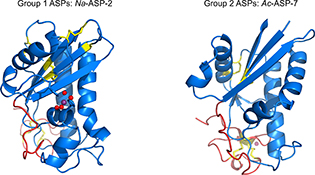
Individual members of pathogen protein families with conserved three-dimensional topologies often show high levels of specialisation, which is achieved through grafting particular structural features onto the shared overall fold. Such instances exemplify the need for experimental three-dimensional structures provided by protein crystallography, which remain an essential component of this area of research.
CH14319RNA and RNA–Protein Complex Crystallography and its Challenges
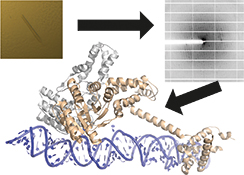
Novel biological functions for RNAs have led to a growing interest in RNA–protein interactions and their importance in cell regulation. However, obtaining large amounts of RNA for X-ray crystallographic studies has proved to be an ongoing challenge. Current advances in this field along with established techniques are explored in this review.
CH14337Looking for Hydrogen Atoms: Neutron Crystallography Provides Novel Insights Into Protein Structure and Function

The application of neutron crystallography to protein crystals has provided unique insight into protein structure and function such as in the study of low-barrier hydrogen bonds and protein–ligand interactions. In this review, we give an overview of neutron protein crystallography and highlight some of the recent advances in knowledge.
CH14362Inhibitors of Galectins and Implications for Structure-Based Design of Galectin-Specific Therapeutics
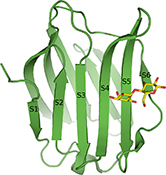
Galectins have significant roles in many diseases including cancer and consequently are important targets for drug development. Design of inhibitors that are effective in vivo and also those that can specifically target particular galectins remains a major challenge. This review highlights the current status of play in tackling the design of effective and selective galectin-therapeutics.
CH14397Discovery of Phosphodiesterase-4 Inhibitors: Serendipity and Rational Drug Design
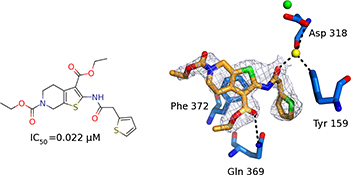
Thiophene-based inhibitors are promising drugs to inhibit the catalytic activity of phosphodiesterase 4 (PDE4). Such drugs could find uses in the treatment of certain inflammatory and neurological diseases. Crystallography has played a key role in the development of PDE4 inhibitors.
CH14396Small-Angle X-Ray Scattering for the Discerning Macromolecular Crystallographer
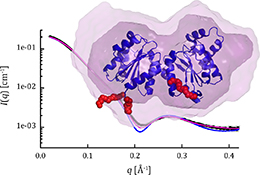
The averaged nature of small-angle X-ray scattering (SAXS) data presents a significant risk of over-interpretation to the unwary practitioner. In this review, a series of recent examples are used to illustrate both the challenges for interpretation and a number of approaches through which these can be overcome.
CH14455Reflections on the Many Facets of Protein Microcrystallography
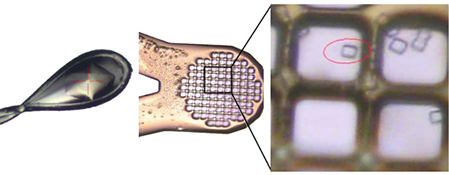
Since the development of the first dedicated microfocus beamline in the mid-90s, protein microcrystallography has been implemented at >10 synchrotrons worldwide, becoming the norm whenever available. This review aims to describe the many facets of microcrystallography with a focus on specific challenges and opportunities in the field.
CH14229Nanoscale Order in Molecular Systems from Single Crystal Diffuse Scattering
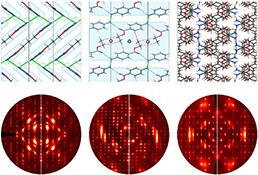
In crystallography, diffuse scattering contains a wealth of information about the local order in crystalline materials. At one extreme a very simplified model may demonstrate particular qualitative effects, while at the other a quantitative and very detailed description of disordered structures can be obtained. Examples discussed include the local anaesthetic, benzocaine, and new results concerning p-chloro-N-(p-chloro- benzylidene)aniline.
CH14199What's in a Name? Moving Towards a Limited Vocabulary for Macromolecular Crystallisation

Large amounts of minable data should be available from the millions of protein crystallisation experiments that are set up each year. In order to get to this knowledge we need to impose standards for how these experiments are recorded.
CH14342Crystal ‘Unengineering’: Reducing the Crystallisability of Sulfolobus solfataricus Hjc
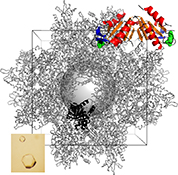
The enzyme Hjc crystallised too readily, resulting in a poorly diffracting crystals. Mutagenesis was used to improve crystallisability, but had negative consequences for DNA binding activity.
CH14358Single-Crystal Neutron Diffraction Study of Superstructure Ordering and Domain Behaviour in Brownmillerite-Type Ca2Fe2O5
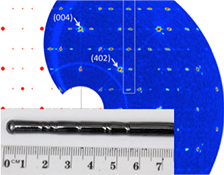
Monochromatic neutron diffraction data of a floating-zone grown crystal of Ca2Fe2O5 at 800°C showing incommensurate satellite reflections (highlighted by the white rectangle).
CH14355Hydrogen Bonding of O-Ethylxanthate Compounds and Neutron Structural Determination of C–H···S Interactions
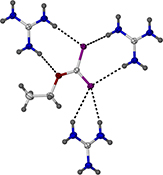
A range of ethylxanthate salts have been structurally characterised. The number of NH donor atoms affects greatly the dimensionality of the hydrogen-bonding networks. Laue neutron diffraction data are used to rationalise C–H···S hydrogen bonds.
CH14361Graded IR Filters: Distinguishing Between Single and Multipoint NO2···I Halogen Bonded Supramolecular Synthons (P, Q, and R Synthons)
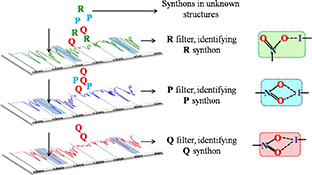
An IR method is provided that distinguishes between supramolecular synthons that have nitro•••iodo recognition, but differ in topological and geometrical attributes. The method is also able to identify systems that contain nitro and iodo functional groups, but lack a nitro•••iodo synthon.
CH14361 Abstract | CH14361 Full Text | CH14361PDF (1.5 MB) | CH14361Supplementary Material (2.5 MB) Open Access Article
CH14326Assembly of Layer-Type Organosilver(I) Complexes Incorporating Nitrate and Isomeric Halophenylethynide Ligands
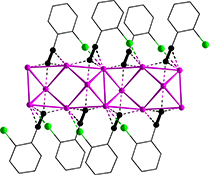
Investigation of silver(i) nitrate complexes containing a halo-substituted phenyl nucleus bearing ethynyl substituents at variable positions provided detailed information on their coordination preferences, and the co-existence of silver(i)–ethynide and silver(i)–halogen interactions in the assembly of coordination networks, which are consolidated by argentophilic and weak intra- or inter-molecular interactions.
CH14410Adventitiously Obtained Rare-Earth Peroxide Complexes and Their Structural Characterisation
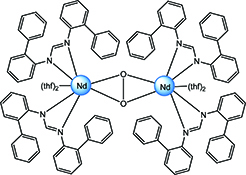
The structures of three adventitiously obtained peroxolanthanoid complexes have been determined, namely, [Yb2(Cp)4(μ-O)2/3(μ-O2)1/3(thf)2], [Nd2(o-PhPhForm)4(thf)4(μ-O2)] (o-PhPhForm = N,N′-bis(2-phenylphenylformamidinate), and [Eu4(FForm)6(μ-OH)2(μ3-O2)2(μ-diglyme)2]·2diglyme.
CH14395Application of the Variable Oxygen Probe to Determine the π-Electron Donor Ability of the Alkyne Group
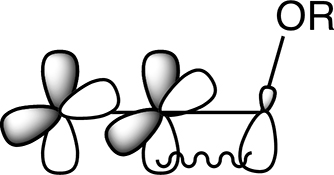
Variable oxygen probe analysis of the derivatives of propargyl alcohol provided evidence that the ethynyl substituent is a relatively weak π-electron donor, and is a slightly less effective donor than the C–C bond of an ethyl substituent.
CH14414Coordination Polymers Constructed from TCNQ2– Anions and Chelating Ligands
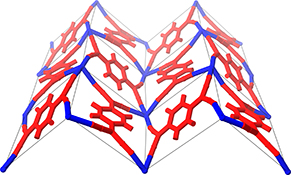
Five new coordination polymers have been synthesised in which divalent metal centres are linked by the redox-active dianion of TCNQ. The inclusion of a terminal chelating ligand results in corrugated two-dimensional networks when CdII and MnII are used, whereas an unusual three-dimensional network is formed in the case of CoII.
CH14473A Barium Vanadium(V) Selenite Hydrate, Ba(VO2)2(SeO3)2·H2O: A Novel 3D Polymer of Cross-Linked Sheets with Embedded ···V–O–V··· 21 Helices
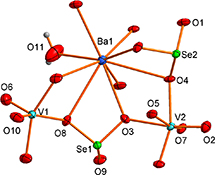
The structural characterisation of a novel barium vanadium(v) selenite, Ba(VO2)2(SeO2)2·H2O, is recorded.



